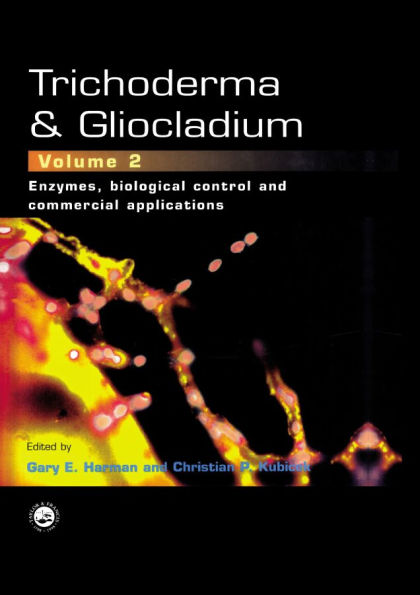Fungi belonging to the genera Trichoderma and Gliocladium are soil- bourne saprophytes which have been used for industrial and agricultural applications for decades. Some strains produce enzymes and antibiotics while others are useful as biological agents for the protection of plants against pathogens.
1121009660
Trichoderma And Gliocladium, Volume 2: Enzymes, Biological Control and commercial applications
Fungi belonging to the genera Trichoderma and Gliocladium are soil- bourne saprophytes which have been used for industrial and agricultural applications for decades. Some strains produce enzymes and antibiotics while others are useful as biological agents for the protection of plants against pathogens.
300.0
In Stock
5
1

Trichoderma And Gliocladium, Volume 2: Enzymes, Biological Control and commercial applications
393
Trichoderma And Gliocladium, Volume 2: Enzymes, Biological Control and commercial applications
393Related collections and offers
300.0
In Stock

From the B&N Reads Blog
